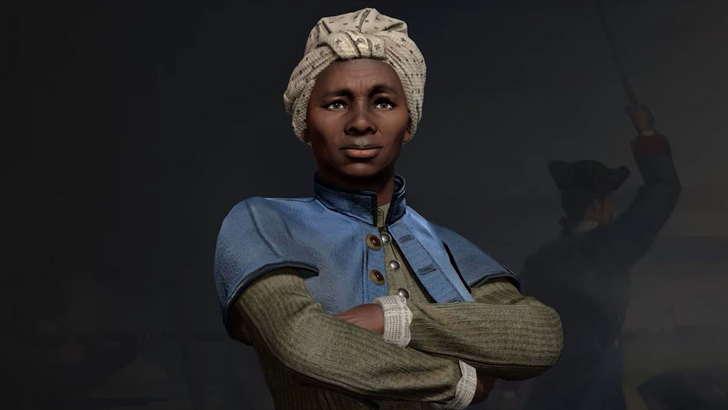
Leaders in the Civilization series have been as iconic as the civilizations they represent, but the way Firaxis selects these figures has evolved significantly over time. Dive into the history of Civilization and discover how Civilization VII redefines leadership through its unique approach.
← Return to Sid Meier's Civilization VII main article
Civ VII Redefines What it Means to Be a Leader
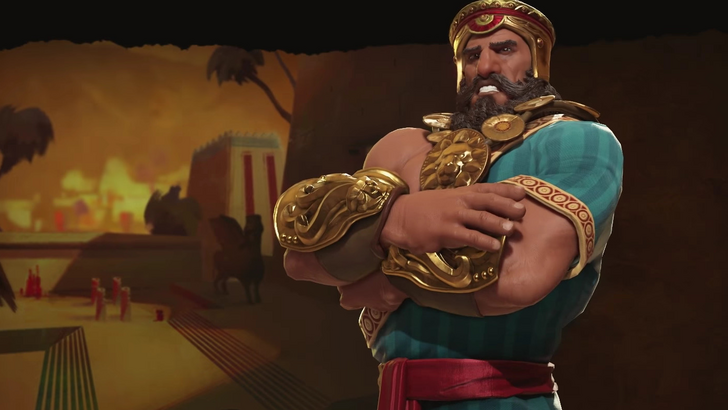
Leaders have been integral to the Civilization series since its inception, forming the core of each civilization's identity and gameplay. From the very first game, these iconic figures have never been supplanted by other mechanics, evolving and adapting with each new release. Each leader not only represents their civilization but also influences gameplay in unique ways, reflecting the diversity of real-world nations. This evolution in design and functionality showcases how Civilization continuously refines the concept of leadership.
Let's journey through the history of Civilization to understand how the roster has changed, what innovations each game brought, and how Civilization VII redefines leadership with its distinctive lineup.
Old Civ Was a Superpowers Club Only

Starting with Sid Meier’s original Civilization, the game's leader selection was straightforward and focused on global superpowers and historical giants. With only 15 civilizations, the roster included nations like America, Rome, Greece, Japan, China, France, Egypt, and Russia, each led by widely recognized historical figures such as Abraham Lincoln, Tokugawa Ieyasu, Mahatma Gandhi, and Julius Caesar. This approach was simple and reflected the era's understanding of leadership, prioritizing well-known heads of state. Elizabeth I was the only female leader in this lineup, highlighting the series' initial gender disparity.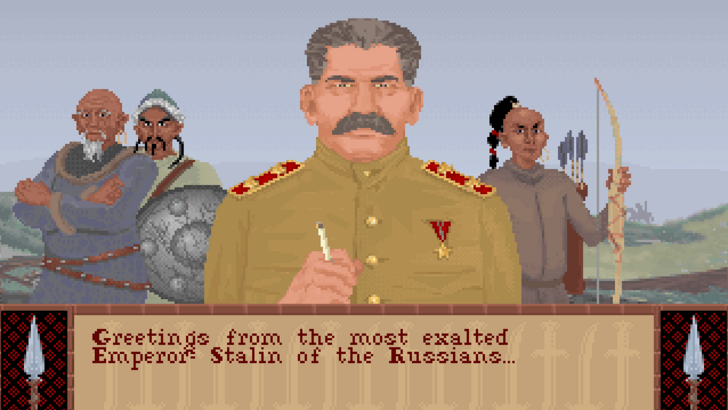
Civs 2 Through 5 Increase Diversity and Creativity in Increments
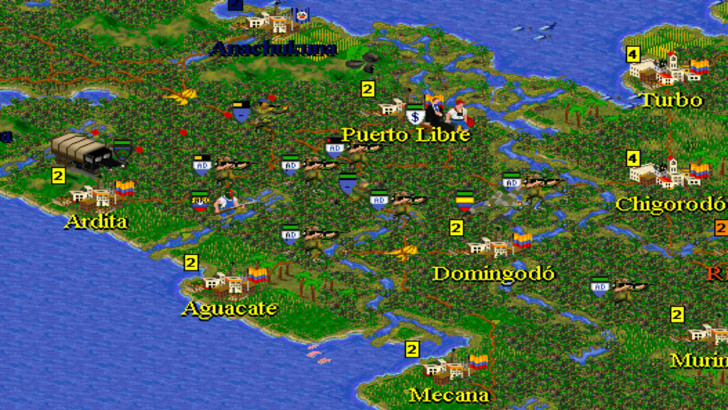
Civilization II marked the beginning of increased diversity and creativity in leader selection. The game expanded to include lesser-known powers like the Sioux and introduced a separate female leader roster, allowing players to choose between male and female leaders for each civilization. This broadened the definition of leadership to include non-heads of state who were nonetheless pivotal to their civilization's identity, such as Sacagawea for the Sioux and Amaterasu for Japan.
Civilization III integrated more female leaders directly into the game, with figures like Joan of Arc for France and Catherine the Great for Russia replacing their male counterparts. By Civilization IV and V, the roster had grown significantly, and leadership roles expanded to include revolutionaries, generals, reformists, and consorts. This shift highlighted a more inclusive narrative of human history, featuring leaders like Wu Zetian for China and both Victoria I and Elizabeth I for England.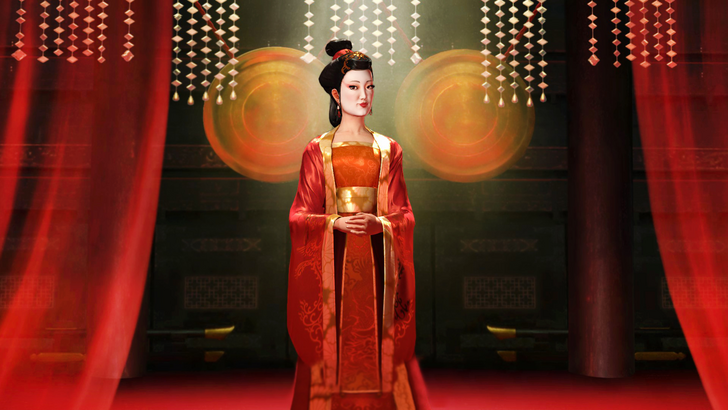
Civ 6 is When The Roster Starts to Get Spicy
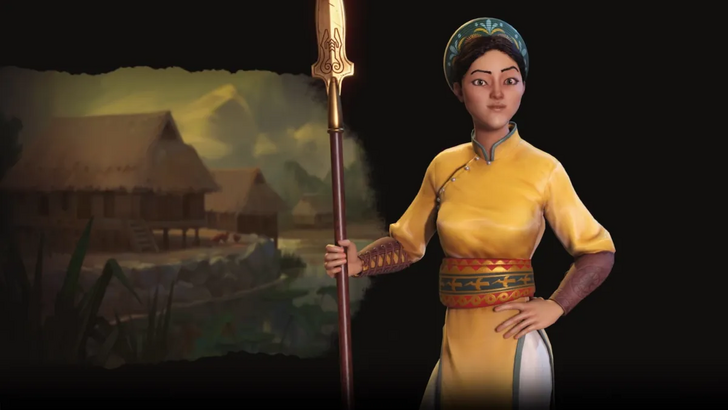
Civilization VI marked a significant leap in creativity and characterization, introducing stylized animated caricatures and the concept of Leader Personas. These personas allowed for alternative versions of leaders with different aspects of their personality and rule, offering varied gameplay experiences. The game also welcomed lesser-known heroes from lesser-known civilizations, such as Lautaro of the Mapuche and Bà Triệu of Vietnam. Queen Gorgo of Sparta added a new dimension to Greek leadership, contrasting with Pericles' diplomatic approach.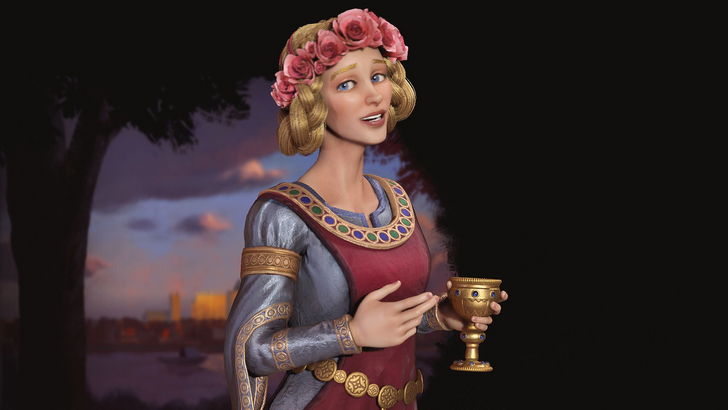
Leaders in Civilization VI were defined by specific chapters of their lives, paving the way for Civilization VII's innovative approach. Eleanor of Aquitaine could lead either France or England, while Kublai Khan ruled over both the Mongols and China. Multiple leader options for civilizations like America (Abraham Lincoln or Theodore Roosevelt) and China (Qin Shi Huang, Wu Zetian, or Yongle) further diversified gameplay. The integration of Leader Personas brought even more variety, with alternate versions of leaders like Catherine de Medici, Theodore Roosevelt, and Victoria.
Civ 7 Forgoes Series Staples for Fresh Faces and Unique Leaders
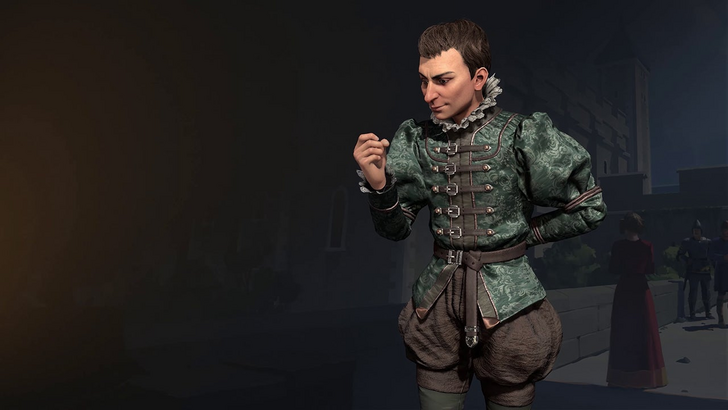
Civilization VII represents the pinnacle of Firaxis' evolving approach to leader selection. It features the most diverse and creative roster yet, with unconventional leaders and multiple personas tailored to different playstyles. The game's mix-and-match approach allows for a dynamic selection of civilizations and leaders, giving even lesser-known figures a chance to shine.
Harriet Tubman, the American abolitionist, introduces a new spymaster role with her Underground Railroad, replacing the niche once occupied by Catherine de Medici. Niccolò Machiavelli, known for his works on diplomacy, embodies self-serving strategies, despite not being a traditional head of state. José Rizal of the Philippines brings a focus on diplomacy, narrative events, and celebrations, marking a significant upgrade from Manila's previous role as a city-state.
Over nearly 30 years, Civilization has evolved from a game centered on superpowers to a rich tapestry of diverse and imaginative leaders, each telling a unique part of humanity's story. The concept of leadership has transformed dramatically, yet its importance remains undiminished. As we look forward to Civilization VIII, we might see leaders from our contemporary world, but for now, we can celebrate the diverse leadership showcased in Civilization VII.
← Return to Sid Meier's Civilization VII main article
Sid Meier's Civilization VII Similar Games







